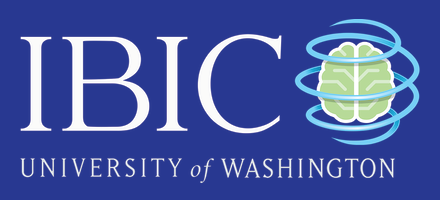Visualizing Brain Connectivity
An interdisciplinary project to research novel visualization and interaction techniques for complex brain networks.
Follow us on twitter: @benjbach
Collaborators:
- Benjamin Bach (main contact), Microsoft Research - Inria Joint Center
- Jean-Daniel Fekete, Inria (Saclay)
- Tobias Isenberg, Inria (Saclay)
- Nathalie Henry-Riche, Microsoft Research (Redmond)
- Bongshin Lee, Microsoft Research (Redmond)
- Saleema Amershi, Microsoft Research (Redmond)
- Roland Fernandez, Microsoft Research (Redmond)
- Tara Madhyastha, IBIC, University of Washington (Seattle)
- Thomas J. Grabowski, IBIC, University of Washington (Seattle)
- Tim Dwyer, Monash University (Melboune)
- Alex Fornito, Monash University (Melbourne)
Alumni:
- Basak Alper, UCSB (Santa Barbara)
- Sheelagh Carpendale, University of Calgary
- Shixia Liu, Microsoft Research Asia
- Weiwei Cui, Microsoft Research Asia
- Sohaib Ghani, former intern, Microsoft Research Redmond
- Beom-Seok Oh, former intern, Microsoft Research Redmond
- Xiting Wang, former intern, Microsoft Research Asia
Related Projects:
News
16/05/2015
Nathalie and Benjamin present two posters at Conference of the Organization on Human Brain Mapping: MultiPiles and ConnectoScope (online soon). See us at the posters or contact us if you wish to visualize your own data.
27/05/2015
MultiPiles, our visualization for dynamic networks is online: visualizingbrainconnectivity.org/multipiles. Upload your data in the right format and start exploring!
22/10/2014
Benjamin gives a talk on "Interactive Network Visualization" and presents visualizingbrainconnectivity.org at Microsoft Workshop on eScience, Guarujá, Brazil.
Why Visualize?
Networks are used to model a wide range of phenomena, from computer networks to similarities between genes, connected brain activity, and social interactions between individuals (social networks) or organizations. Yet, making sense of these complex networks requires more than modeling and statistics. Network visualization has progressed dramatically in recent years and provides novel and effective ways to understand complex networks through effective visual encodings and interactions. With the advent of novel display technologies and interaction techniques, network visualization has the potential to become even more effective.
The proliferation of domains that benefit from network visualization has raised interesting questions for the field. Some of the issues raised by different scientific domains are similar, but each domain has certain specific needs.
Network representations to describe connectivity within and between large scale systems in the brain are one of the most important recent advances of systems neuroscience. These dynamically changing networks support cognition and are altered with neurodegenerative and developmental disease. Visualization of this connectivity across time and across subjects enables rapid data exploration, hypothesis generation, and advances discovery in this important field.
We will make our visualizations available soon, on this site. For now, contact us directly.
Online Visualizations
MultiPiles: visualizingbrainconnectivity.org/multipilesPublications
Neuroscience
Visualization and Human-Computer Interaction
Project Info
In the recent years, The Microsoft Research Redmond neXus working group and Inria Aviz project team have shown that their techniques were extremely effective to visualize social networks as well as brain connectivity data.
In this project neXus and Aviz want to further explore the generic issues raised by network visualization and the more specific ones for the domains of social network visualization and brain connectivity visualization as two major application domains for this field of work.




